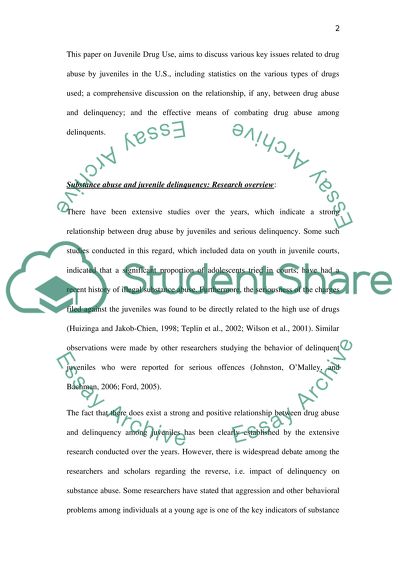Cite this document
(“Juvenile Drug Use Research Paper Example | Topics and Well Written Essays - 1000 words”, n.d.)
Retrieved from https://studentshare.org/psychology/1450957-juvenile-drug-use
Retrieved from https://studentshare.org/psychology/1450957-juvenile-drug-use
(Juvenile Drug Use Research Paper Example | Topics and Well Written Essays - 1000 Words)
https://studentshare.org/psychology/1450957-juvenile-drug-use.
https://studentshare.org/psychology/1450957-juvenile-drug-use.
“Juvenile Drug Use Research Paper Example | Topics and Well Written Essays - 1000 Words”, n.d. https://studentshare.org/psychology/1450957-juvenile-drug-use.


